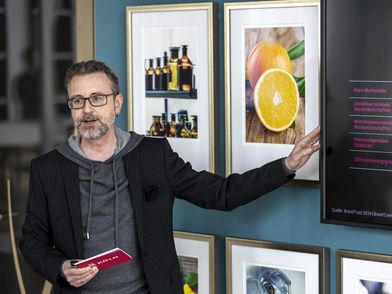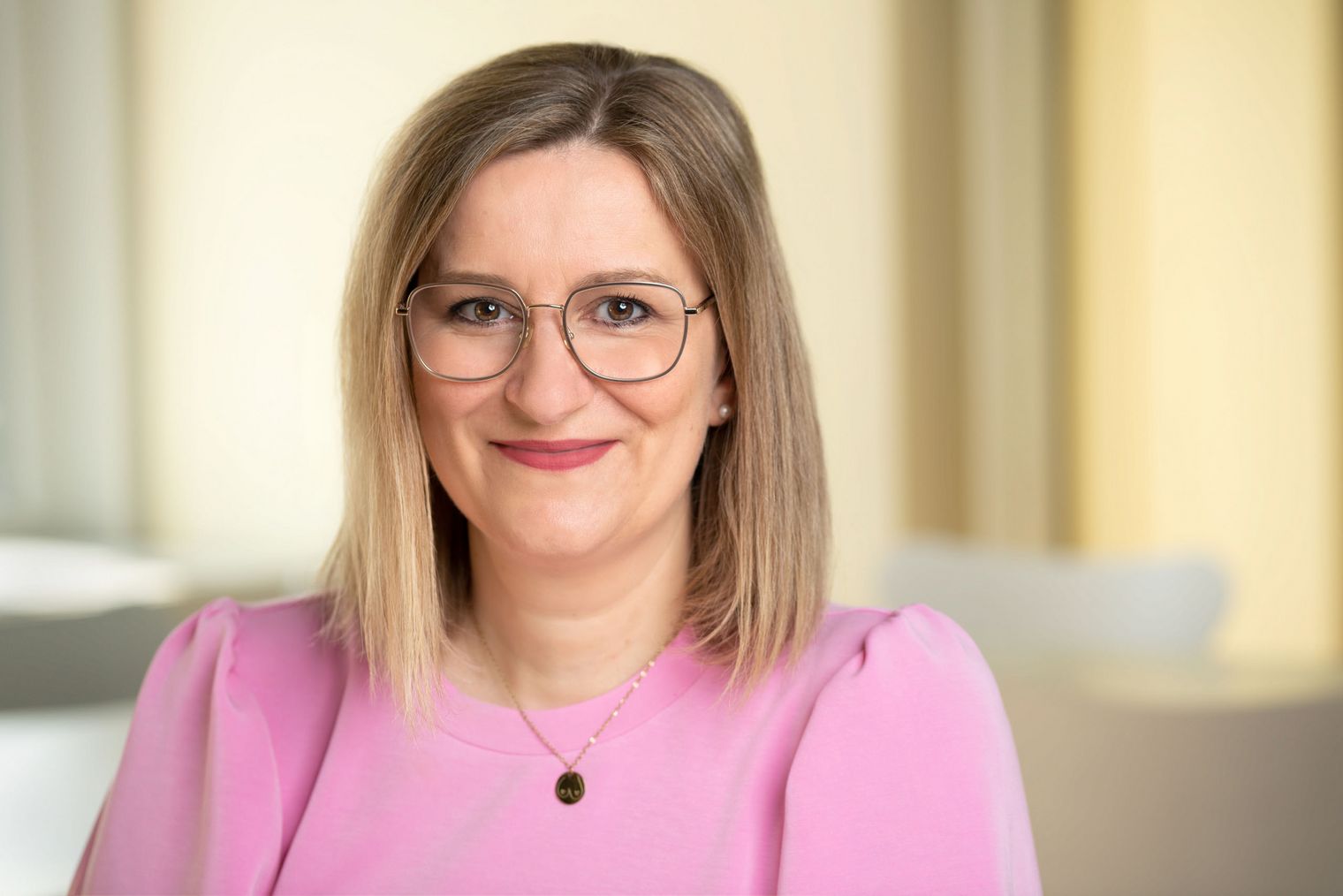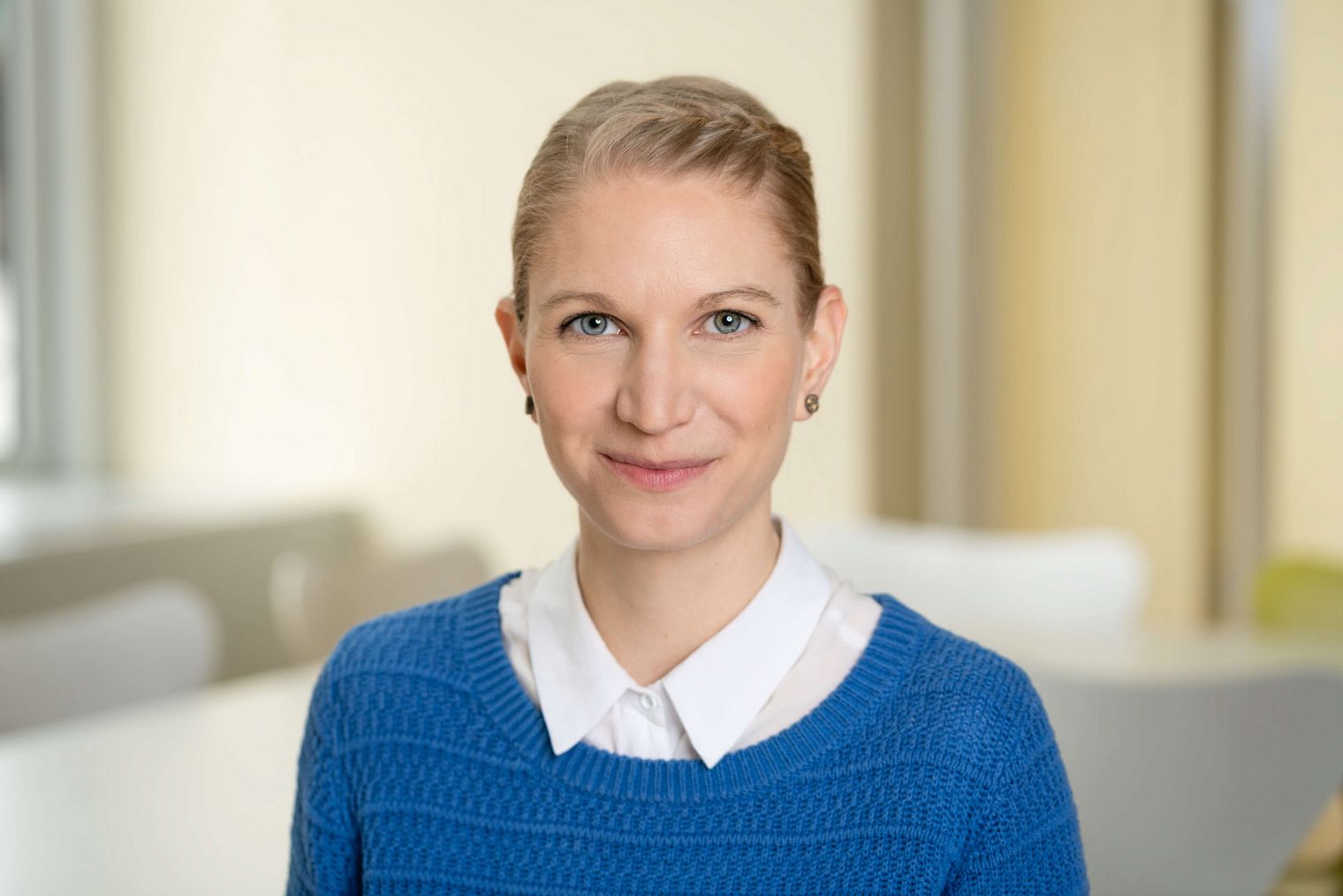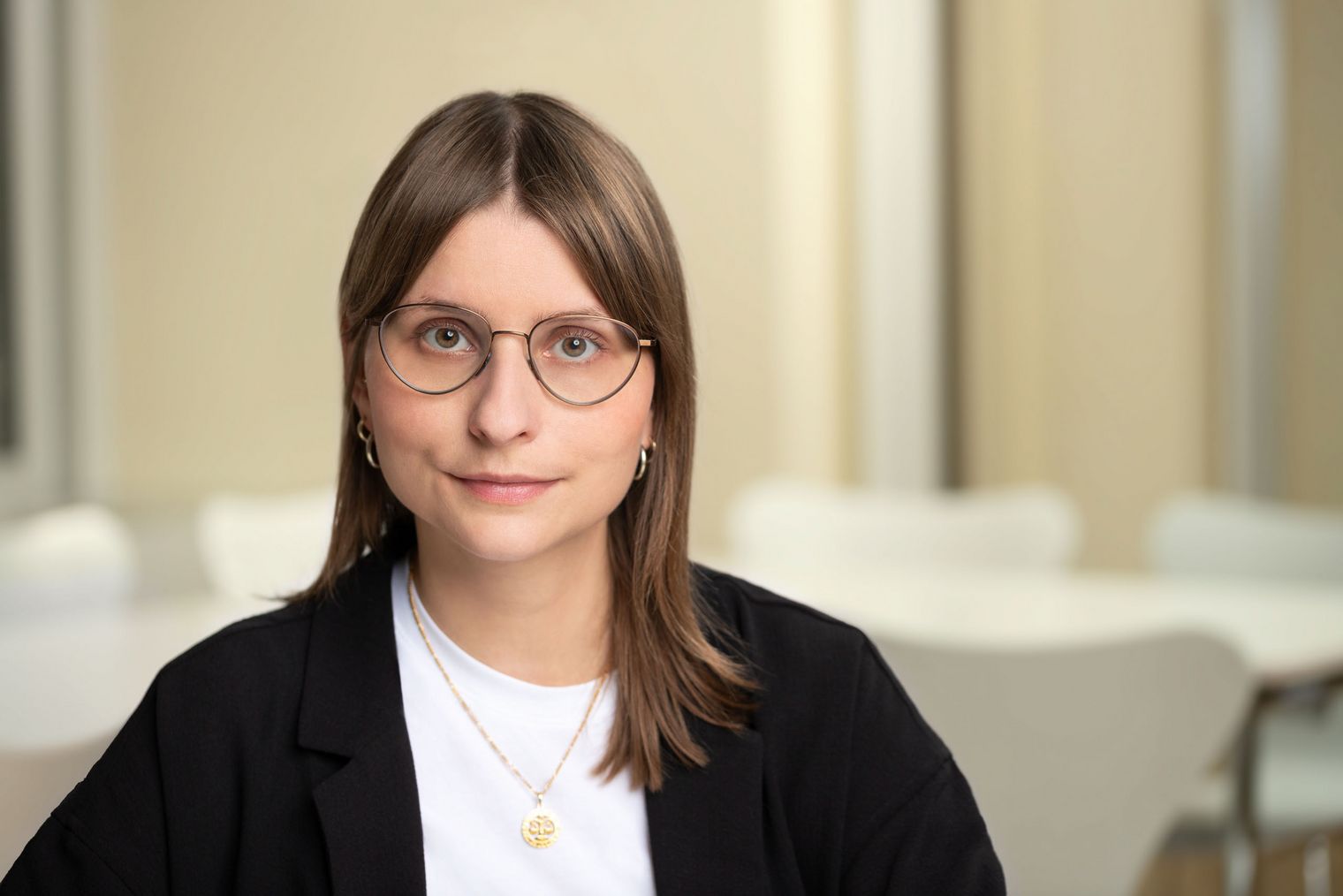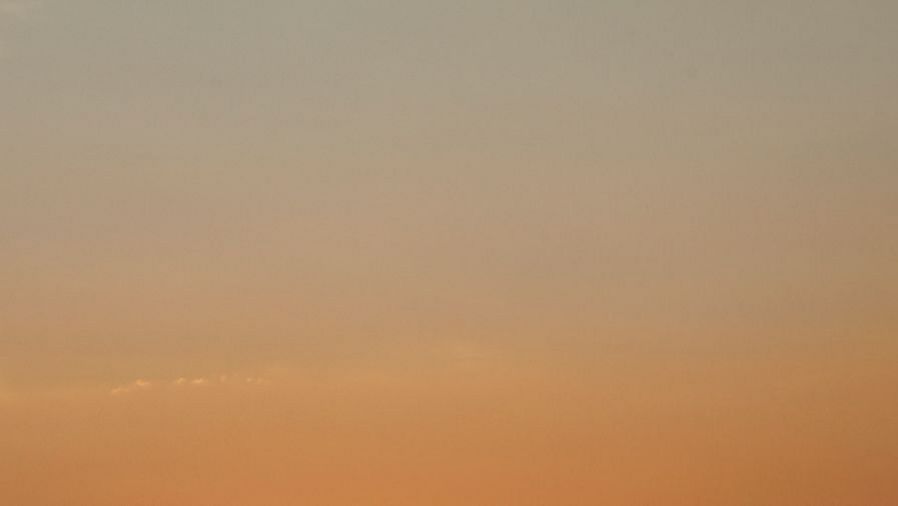Do you need information about Cologne for your research, statistics or film and photo material? Are you a journalist or blogger who is planning a press trip to Cologne and would like to have some support? Do you need footage or assistance in organizing filming permits?
We can also provide you with information about current news and themes and otherwise support your reporting about Cologne as a tourist destination.
![Pressekonferenz Tourismusbilanz Köln 2024 [Translate to Englisch:] Pressekonferenz Tourismusbilanz Köln 2024](https://www.cologne-tourism.com/fileadmin/_processed_/a/c/csm_Pressekonferenz-Tourismusbilanz-koeln-2024-KoelnTourismus-Seelbach-4388_52b1644923.jpg)
